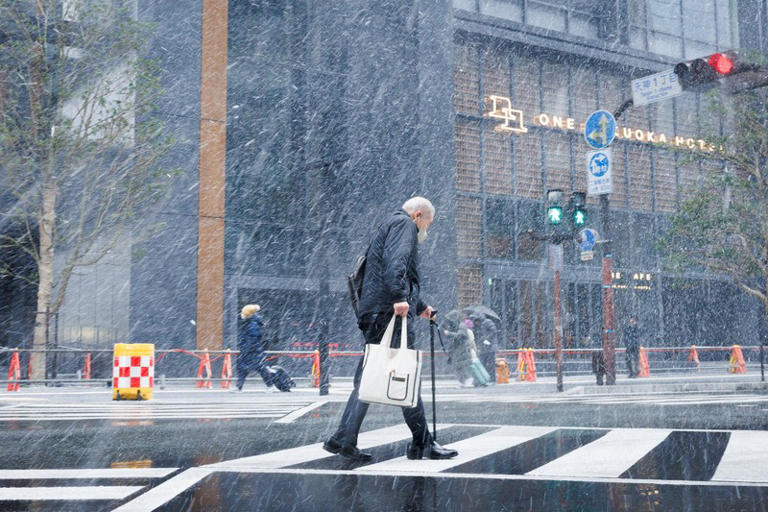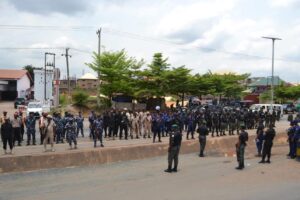Trending
Heavy snow strikes southwest Japan as weather agency issues snowstorm warnings

Trending
OPERATION UDO GA CHI – ZERO KIDNAPPING IN ANAMBRA: CP ORUTUGU SETS UP A MONITORING TEAM TO ENSURE OPERATIVES ARE CIVIL AND COMPLIES WITH THE OPERATIONAL ORDER; ALSO THANKS THE STATE GOVERNMENT AND STAKEHOLDERS FOR THEIR SUPPORT AND APPRECIATES THE SACRIFICES OF POLICE AND OTHER SECURITY AGENCIES

Trending
Lt Col Anele Onyechi Appolonia Becomes First Female Army Spokesperson

Trending
Kenyan woman arrested after she posted photo of herself brandishing gun on WhatsApp and threatening any man who dumped her


 Trending6 months ago
Trending6 months agoNYA demands release of ‘abducted’ Imo chairman, preaches good governance
- Business6 months ago
US court acquits Air Peace boss, slams Mayfield $4000 fine

 Politics6 months ago
Politics6 months agoMexico’s new president causes concern just weeks before the US elections
- Entertainment6 months ago
Bobrisky transferred from Immigration to FCID, spends night behind bars
- Entertainment6 months ago
Bobrisky falls ill in police custody, rushed to hospital

 Politics6 months ago
Politics6 months agoRussia bans imports of agro-products from Kazakhstan after refusal to join BRICS

 Politics6 months ago
Politics6 months agoPutin invites 20 world leaders
- Politics1 year ago
Nigerian Senate passes Bill seeking the establishment of the South East Development Commission.
















